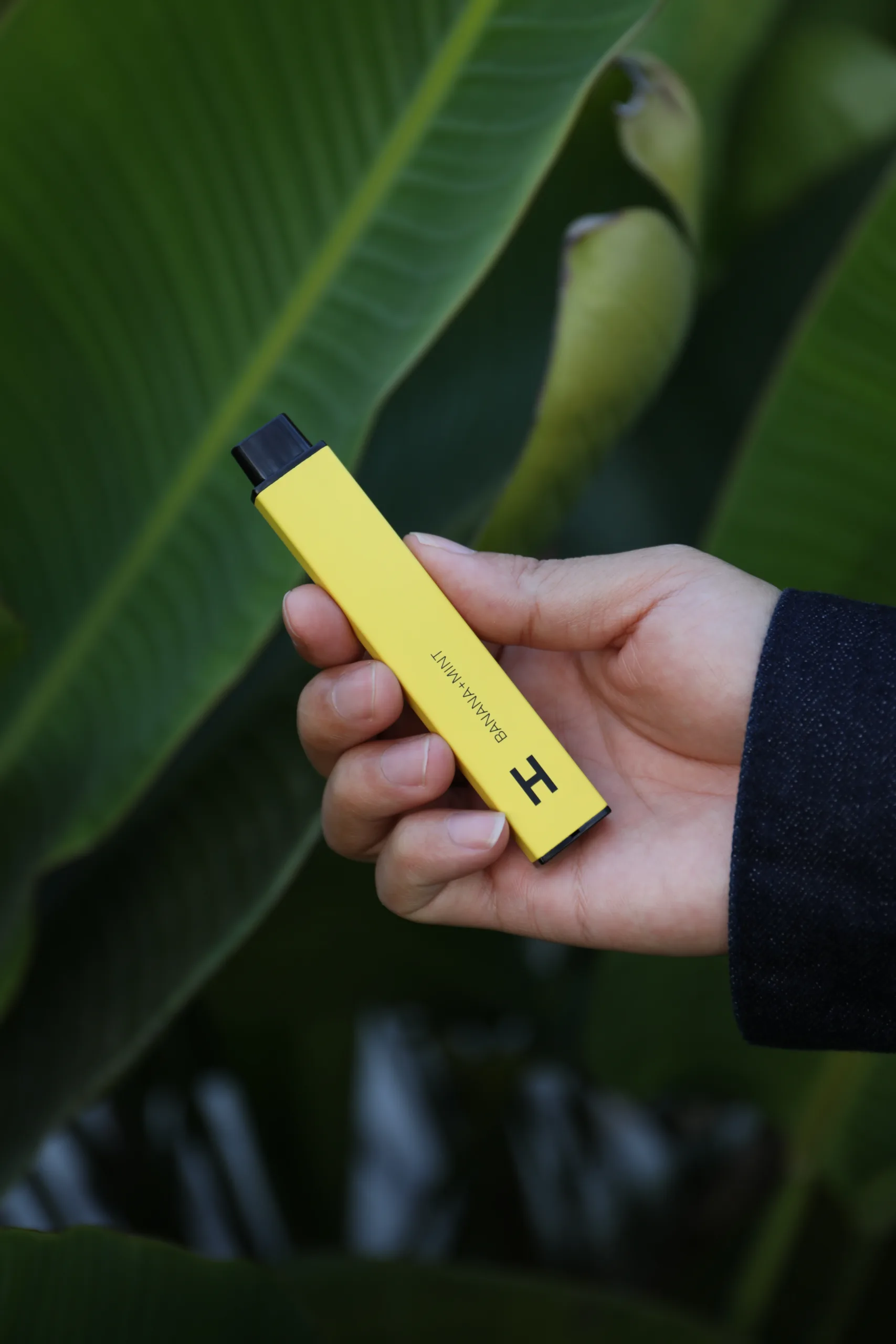What kind of skin effects might vaping cause?

Electronic cigarettes, also known as “vaping,” are becoming more and more popular as an alternative to cigarettes and cigars as society becomes more aware of their harmful health effects.
Nicotine is inhaled as vapour when vaping, and flavourings are frequently added to enhance flavour. Over the past ten years, it has gained popularity, particularly with teenagers and young adults.
There is a rising need for more research, even though the practise is currently seen to be healthier than smoking. Particularly, there are worries that vaping might be detrimental to general health and wellbeing as well as the lungs. The addictive ingredient nicotine is still present in vapes, and unregulated e-cigarettes are suspected of containing illegal liquids.
Additionally, there is growing worry that vaping is damaging to the health and appearance of the skin. This is due to the fact that nicotine and many other chemicals found in vaping come into direct contact with the hands and face.
‘According to Emma Wedgwood, a nurse and the creator of Emma Wedgwood Aesthetics, vaping can harm the skin in a number of ways. “E-cigarette chemicals may cause a reduction in collagen formation, which may result in early signs of ageing like wrinkles, fine lines, and sagging skin. Inflammation brought on by vaping may also result in skin irritation, redness, and sensitivity.
Because of this, people with sensitive skin or illnesses like rosacea may experience adverse effects more immediately or significantly, especially around the lips, eyes, and hands that come into the most touch with the vapours.
Additionally, there are indications that vaping may have skin effects similar to smoking, particularly in terms of discoloration. According to Wedgwood, the nicotine in e-cigarettes can cause vasoconstriction, which can affect blood flow and result in a variety of skin-related issues, such as dryness and discoloration. Additionally, vaping might cause the skin to become dry and dull by dehydrating it.
Similar to smoking, the frequency of use, duration of inhalation, and length of time a person uses a vape are likely to be related to the degree of harm. For this reason, doctors in both aesthetic and general practise may find concern in the popularity of the practise among youngsters.
Nevertheless, “it’s important to note that research into the effects of vaping on the skin is still relatively new, and further studies are needed to fully understand the potential side effects,” says Wedgwood in his conclusion.
In order to properly inform their patients, aesthetic doctors should stay up to date on any new studies that are conducted regarding vaping. To maintain clarity and maximise treatment outcomes, it may be wise to make sure that any forms used for lifestyle consultations have a question concerning using e-cigarettes and vaping. The phrase “do you smoke, including the use of e-cigarettes or vapes” is currently widely used, albeit it may become necessary in the future to separate the two queries.
Should you be experiencing any of the issues mentioned in this article, please contact us, and we will see what we can do to help with your situation.

